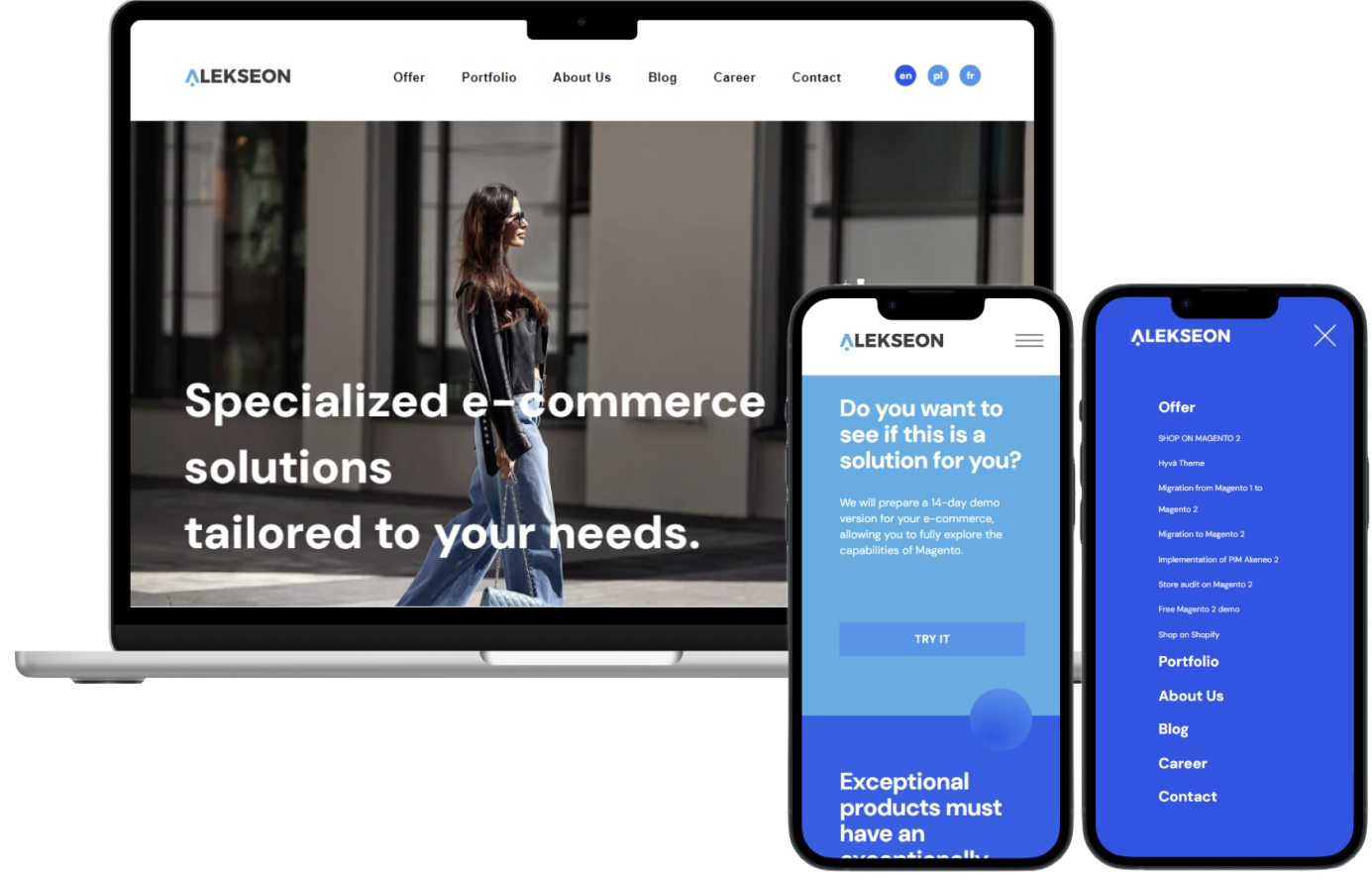Online shopping has become an integral part of daily life. The growing popularity of e-commerce (or electronic commerce) means that online stores need to stand out to attract and retain customers.
So how can you stand out among the results in your favorite search engine or the ubiquitous ads on social media? It depends on who you ask. A salesperson might say attractive prices, a marketing professional might argue that advertising is the lever of commerce, and a programmer might emphasize the importance of site speed.
This article, however, is about something entirely different: the emotions and experiences of the user while using the site or app. In this article, we will look at why the UX of an online store is so important and what benefits it brings to both store owners and their customers.
What exactly is UX?
User Experience (UX), or user experience, encompasses all aspects of a user's interaction with a product, system, or service. In the context of websites and applications, UX refers to how a user perceives, interacts with, and feels about their experience with a given interface.
If an e-commerce platform is well-designed with UX in mind, it means that the customer has a positive experience while using the service.
The main tools used in UX are:
- User research: Understanding users' needs, behaviors, and goals.
- Information architecture: The organization and structure of information on a website or within an application.
- Prototyping: Creating preliminary versions or mock-ups of products.
- Usability testing: Assessing how easily users can interact with the product.
UX vs. UI - Basic Differences
The concepts of UX and UI often appear together, but they should not be used interchangeably. Some people are responsible for both aspects in website design, but the roles of UX and UI designers differ significantly.
User Interface (UI) is responsible for everything a user sees on the screen—from buttons and icons to the layout and typography—and for the interactions between the user and the application. It focuses on maintaining aesthetics and a consistent interface, based on the company’s visual identity or guidelines established with the client.
So, what would UI be without UX? A visually appealing product, but not necessarily functional. As previously mentioned, UX is responsible for the user experience, examining whether browsing products in a store or adding them to the cart is in any way cumbersome or even impossible, which often leads to frustration and loss of customers.
If the difference between UX and UI is still not entirely clear, the following image provides a perfect complement to this comparison.


First impressions matter
First impressions are crucial, and in the case of online stores, visitors often decide whether to stay on the site within a few seconds. An intuitive design, clear navigation, fast search functionality, and a visually appealing homepage can determine whether a potential customer will choose to continue exploring the offerings or leave the site in search of a better experience elsewhere—because they have plenty of options to choose from.
Intuitive navigation
Ease of navigation is the foundation of good UX. Customers should be able to quickly and effortlessly find the products they are looking for. Clear categories, precise filters, and a flawlessly functioning search engine significantly enhance the user experience.
When customers can easily find the products they are interested in, they are more likely to make a purchase.
Full accessibility!
"No Limits" is the perfect motto for a UX designer. Regardless of the country, device, or any limitations a user may have, the website should not hinder their use in any way. A modern website should be responsive, meaning it adjusts its interface to fit the screen of the device.
A good example is the navigation located in the header of the page. On a computer monitor or a larger tablet, the store's categories are always visible, and subcategories appear upon user interaction—either by clicking or hovering over the main category. For smartphones, a popular solution is the "hamburger menu," which is a button with three parallel horizontal lines. Clicking this reveals the full menu, enabling easy navigation.
An increasingly important aspect of website design is ensuring accessibility for all users, regardless of any limitations. This requires considering elements such as readable fonts, appropriate color contrasts, and the availability of alternative navigation methods. The UX designer's role is to ensure compliance with the WCAG (Web Content Accessibility Guidelines), which are the guidelines for web content accessibility. It is important to remember that the highest standards of digital accessibility may be a legal requirement in some countries.


Emotional engagement
It's not about taking on the role of a psychologist! ;) Emotional engagement can be a crucial factor influencing customer loyalty to a brand. A well-designed UX can make online shopping more satisfying and enjoyable through personalized content, product recommendations based on previous purchases, and interactive elements. Popular techniques for understanding user needs include creating personas, which are representative profiles of customers, and empathy maps, which address six areas: what the user sees, hears, thinks, does, expects, and the difficulties they may encounter.
Acquiring new customers
The ultimate goal of any online store is to increase conversions, which means turning visitors into buyers. A good user experience directly affects conversion rates. Stores that invest in improving UX typically see an increase in sales and a better return on investment (ROI).
Summary
Investing in the UX of an online store is an investment in the future of the business. User-friendly, intuitive, and responsive websites attract customers, build their trust and loyalty, which directly translates into increased sales. In an era of growing competition, providing an excellent user experience is not just an asset but a necessity. A satisfied customer is the best brand ambassador, who is likely to return for more purchases and recommend the store to others.
